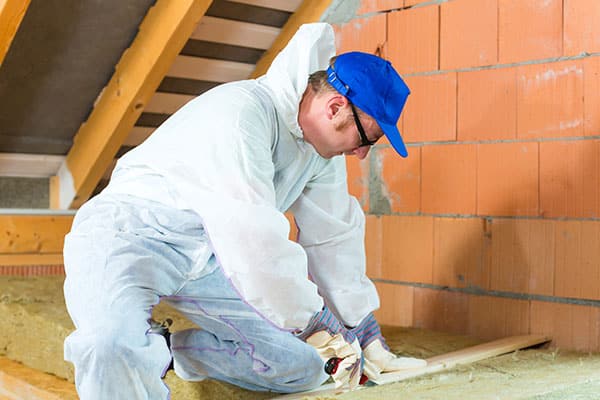What is Stamped Concrete and its Benefits
Stamped Concrete Colorado Springs is one of the most versatile and cost-effective methods of decorative concrete surfaces. It has become increasingly popular in recent years because it provides an attractive patterned surface that can replicate natural stone, brick, or slate without breaking your budget. Not only does stamped concrete provides a stylish look for any home or business, but it also offers lasting durability and freshness that won’t fade over time.
Whether you’re looking for a way to add serious curb appeal or spruce up a dull space, learning more about stamped concrete and how it can benefit you could be the answer.
How to Choose the Right Color for Your Stamped Concrete
When it comes to adding a decorative element and improving the overall aesthetic of your home, color is key. After all, the right colors can enhance any design feature or space. When experimenting with color for stamped concrete, it’s important to consider several factors before committing to that one perfect color.
Choosing and maintaining appropriate colors can be an overwhelming task. Still, with some planning and proven tips, you’ll be on your way to selecting a look that will increase curb appeal and make you proud of your home’s exterior.
The Pros and Cons of Stamped Concrete
Pros:
- Stamped concrete is textured or imprinted to resemble stone, brick, slate, flagstone, or other types of material.
- Stamped concrete is an economical alternative to natural stone or brick pavers.
- Stamped concrete is durable and long-lasting.
- Stamped concrete is low-maintenance.
- Stamped concrete can be customized to suit your taste and style.
Cons:
- Stamped concrete can be slippery when wet. Stamped concrete is more expensive than plain, poured concrete.
- Stamped concrete requires professional installation.
- Stamped concrete may require frequent sealing and resealing to protect it from the elements.
- Stamped concrete has a shorter lifespan than natural stone or brick pavers.
Choosing stamped concrete as a decorative element for your home or business is beneficial. It’s cost-effective, durable, and customizable, making it a great choice for many homeowners and businesses. With proper care and maintenance, stamped concrete can provide years of beauty to any outdoor space.
Tips for Maintaining Stamped Concrete
Stamped concrete is a beautiful and low-maintenance option for many different areas of your property, but it still requires some care to keep it looking its best. Luckily, with just a little effort, you can keep your stamped concrete in great shape for years.
One of the most important things you can do is keep it clean and debris-free. Regular sweeping or blowing can help prevent dirt and debris from accumulating in the crevices of your stamped concrete, which can cause it to deteriorate over time. Additionally, you’ll want to apply a sealant every few years to protect the surface from weathering and stains.
With these simple tips, you can keep your stamped concrete looking beautiful and functional for years.
Different Types of Patterns for Stamped Concrete
- Ashlar Slate
The Ashlar Slate pattern is one of the most popular patterns for stamped concrete. This pattern features rectangular stones that are arranged in a staggered formation. The Ashlar Slate pattern is available in various colors and can create various looks, from traditional to modern.
- Basketweave
The Basketweave pattern is created by stamping concrete with two stamps arranged in a basketweave formation. This pattern is often used to create a brick or stone look. The Basketweave pattern is available in various colors and can create various looks, from traditional to modern.
- Cobblestone
The Cobblestone pattern is created by stamping concrete with a stamp that resembles a cobblestone street. This pattern is often used to create an old-world or rustic look. The Cobblestone pattern is available in various colors and can create various looks, from traditional to modern.
- Flagstone
The Flagstone pattern is created by stamping concrete with a stamp that resembles a flagstone patio. This pattern is often used to create a natural or rustic look. The Flagstone pattern is available in various colors and can create various looks, from traditional to modern.
- Herringbone
The Herringbone pattern is created by stamping concrete with two stamps arranged in a herringbone formation. This pattern is often used to create a brick or stone look. The Herringbone pattern is available in various colors and can create various looks, from traditional to modern.
- Running Bond Brick
The Running Bond Brick pattern is created by stamping concrete with two stamps arranged in a running bond formation. This pattern is often used to create a brick look. The Running Bond Brick pattern is available in various colors and can create various looks, from traditional to modern.





